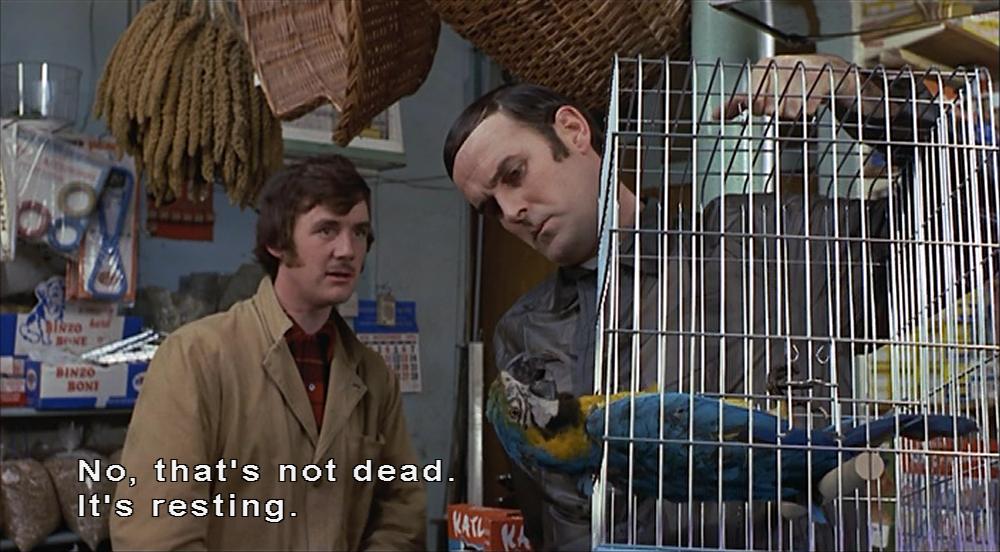A couple of weeks back, the ACM (Association for Computing Machinery – a throwback name if ever!) held an event celebrating 50 years of ACM A.M. Turing Awards. The Turing is pretty much considered the Nobel Prize for computing, and it would sure have been interesting to be there for its 50th. As part of the conference that surrounded the awards ceremony, there was a panel on Moore’s Law.
Rick Merritt discussed the panel, “Moore’s Law Is Really Dead: What’s Next?” in an article on EE Times, which I’ll summarize here.
Moore’s Law – which holds that the number of transistors in a dense integrated circuit roughly doubles every couple of years – held up for a good 25 years, but actually began slowing down a decade or so ago. It’s now running up against the limits of physics.
Some panel members believe that Moore’s Law has a few good years left before it EOL’s, and that, for some applications, performance will continue to accelerate. For Doug Burger, who works on FPGA accelerators at Microsoft:
“Moore’s Law gave us a free ride and that’s just about over so we are entering a wild, messy time and it sounds like a lot of fun,” Burger said.
Google’s Norm Jouppi – who is one who believes there’s still some life in Moore’s Law, did note that, overall, “the industry is in denial about Moore’s Law, like the vendor in the Monty Python dead-parrot sketch, who insists a bird is “not dead, it’s just resting.” (Let me save you a google search: here’s a link to the dead-parrot sketch.)
Panelists suggested that “DRAMs could be among the first major components to hit a wall”, and that vertical NAND may fill in “the memory gap left by DRAM.” But it would be best not to bank entirely on it.
Whatever comes next, “will be transformational…20 years from now this industry will be unrecognizable,” said Burger.
One thing that a couple of panelists foresee is that generic architectures will be replaced by “domain-specific architectures” aimed at specific market segments (for those segments big enough to support an architecture of their own). Another prediction was that we may be seeing some vertical integration in computing companies “that design everything from silicon to apps.” Apple is one example of a company that appears on this track, with Google up next. This won’t close out the silicon vendors, however. Another thing noted was the free ride that software developers got by being isolated from chip changes by the instruction set architecture is about to end.
What will replace Moore’s Law? Quantum computing, which we recently posted about.
“The good news from a physics perspective is [quantum systems] are amazingly close to being real. A 50-100 qubit machine could be available in a year or two and some say they will write programs for them delivering a speed up over classical systems,” [Princeton’s Margaret] Martonosi said.
The bad news is so far only a few narrow apps are known for such systems. “There’s a huge gap between the number of qubits needed [for many broad apps] and the number we can build into reliable systems anytime soon… it’s not clear who will pay [for systems with thousands of qubits] and for what apps,” she added.
Sounds like an interesting panel. And sounds like we’re in for what might be a wild and messy ride. If we want to take our minds off of it, we can always replay the dead-parrot sketch…

